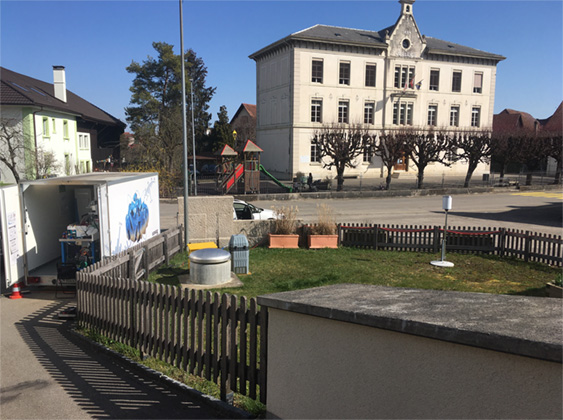Swiss precision chooses CAEtech rain gauges

Eawag, the Swiss Federal Institute of Aquatic Science and Technology, is a world-leading aquatic research institute nad offers an excellent environment for gaining a comprehensive understanding of aquatic ecosystems and water resources, identifying emerging problems, and developing broadly accepted solutions. Eawag purchased three PG4i, stand-alone rain gauges and decided to use CAEtech technology as part of a study relating to the quality of groundwater. In particular, the goal of the project is to make an analysis to understand how rainfall affects the presence of contaminants, such as pesticides and bacteria, in the water.
Karstic aquifers make-up 20-25 % of the drinking water resources worldwide and contribute to 18 % of the Swiss drinking water. Due to their geological development, they exhibit a high hydraulic conductivity that often leads to hydraulic shortcuts between surface and groundwater, and associated karstic springs. Due to fast transport, contaminants like pesticides and bacteria could reach the springs in high concentrations.
In Swizerland, the current groundwater monitoring strategies implemented allows for the long-term monitoring of water quality, but short-term changes are potentially missed. Within hours after a precipitation event, water quality could deteriorate to the extent that it should not be used as raw water in drinking water production anymore.
For this reason EAWAG decided to study these fast changes in water quality automatically and by measuring pesticides and their transformation products in-situ. In particular, with a 4-wheel mobile laboratory that allows to withdraw and analyze various samples per hour in situ for extended periods of time, even several weeks, hoping to observe whether abrupt changes in concentrations due to precipitation events occur or not.
The aim is to learn about temporal dynamics of pesticides and their transformation products in karstic aquifers, which will help to make decisions on how to monitor the water quality and manage agricultural practices in these vulnerable environments.
Back to the news index
